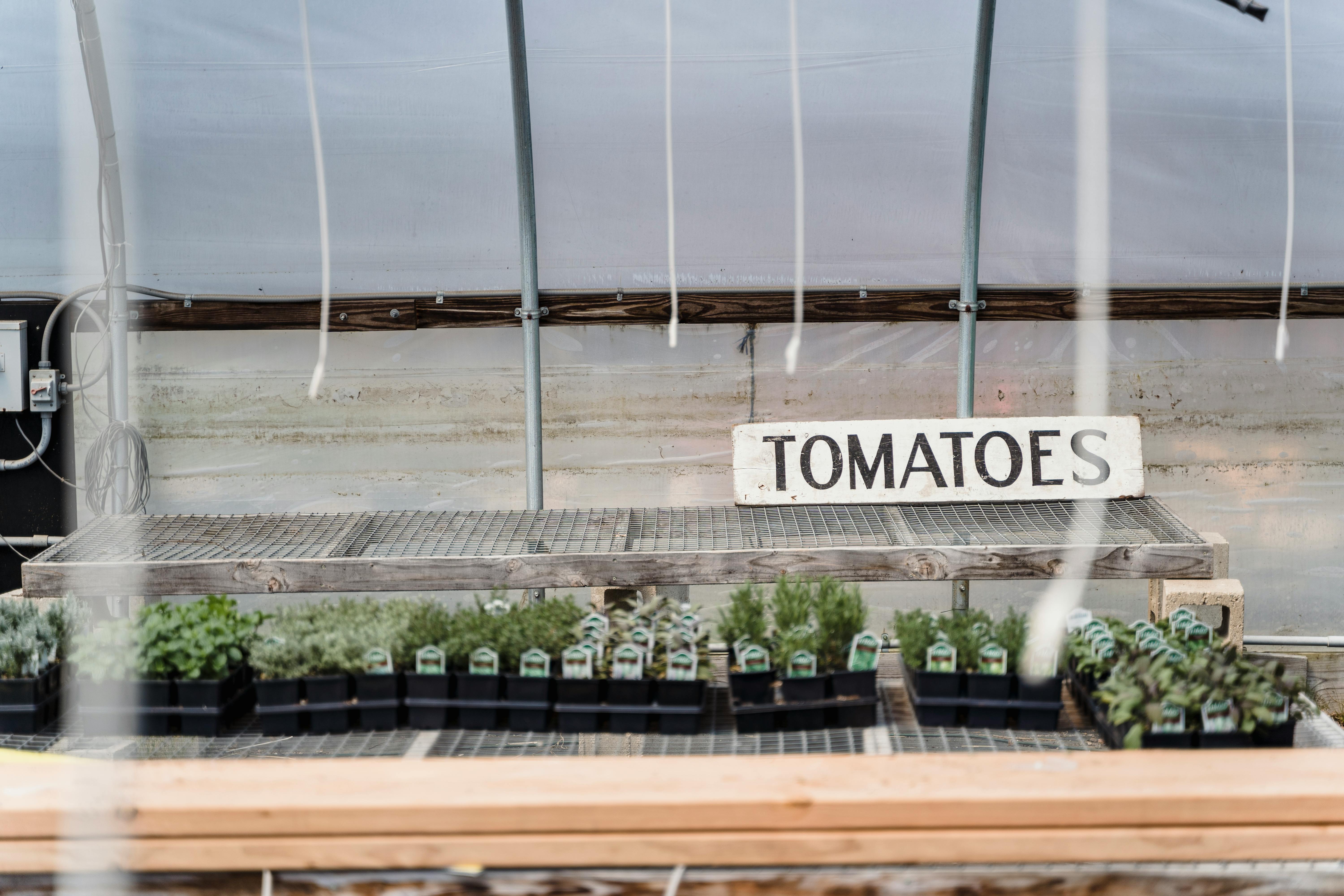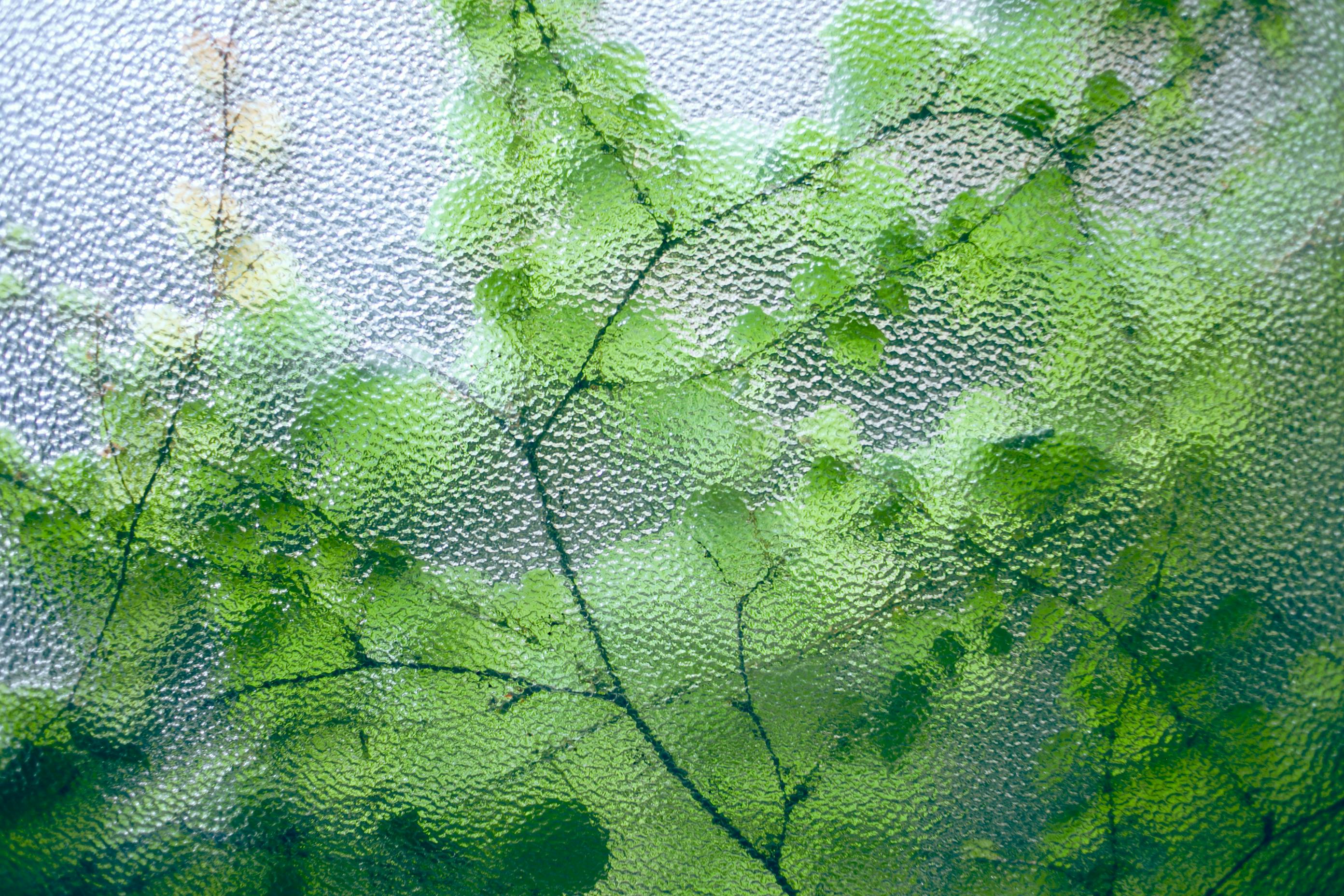Growing a vegetable garden indoors is a great way to enjoy fresh produce year-round, even if you don’t have access to an outdoor garden. With the right set-up and care, you can create a thriving indoor vegetable garden that produces an abundance of vegetables and herbs. In this article, we will discuss the best practices for growing a vegetable garden indoors, from choosing the right containers to fertilizing and harvesting.Growing a vegetable garden indoors has many benefits. Firstly, it is an easy and convenient way to have fresh, organic produce on hand at all times. Secondly, indoor vegetable gardens can provide a fun and educational activity for the whole family. Thirdly, it is an ideal way to save money as you can grow your own vegetables without having to purchase them from the store. Lastly, indoor gardening can be a great way to add some greenery to your home without taking up too much space.
Soil
Soil is the foundation of any successful indoor vegetable garden. You need a soil mixture that is well-draining, rich in organic matter, and contains essential nutrients for your vegetables to thrive. A good potting mix for vegetables should include compost, peat moss, vermiculite, and/or sand. Be sure to use an appropriate size container for your vegetables; larger plants will require larger pots.
Containers
Your containers should be large enough to accommodate the root
Step 1: Choose Your Container
The first step to preparing for an indoor vegetable garden is to choose a container. The size and type of container you choose will depend on the types of vegetables you plan to grow, as well as the amount of space you have available. If you are growing a small number of vegetables, a shallow container or window box may be all you need. If you plan to grow more than one type of vegetable, however, you may want to opt for a larger container such as a raised bed or even a corner shelf.
Choosing the Right Vegetables for Your Indoor Garden
Growing vegetables indoors can be a great way to supplement your family’s diet or just get some fresh produce. However, if you are new to gardening, you may be wondering what vegetables can be grown successfully indoors. Fortunately, there are many options to choose from and the process of selecting the right vegetables for your indoor garden can be quite easy.
The first step in choosing the right vegetables for your indoor garden is to determine what type of environment you have available. Consider factors such
https://images.pexels.com/photos/7728006/pexels-photo-7728006.jpeg
Proper Lighting for an Indoor Vegetable Garden
Growing vegetables indoors can be a great way to enjoy fresh produce year-round. However, proper lighting is essential for an indoor vegetable garden to be successful. Without enough light, plants won’t be able to photosynthesize and will struggle to grow and produce fruit or vegetables. To ensure that your indoor vegetable garden has the light it needs, you should consider the type of light bulb you are using, the number of hours of sunlight your plants should have each day, and the distance between the light source and your

Watering an Indoor Vegetable Garden
Growing an indoor vegetable garden can be a rewarding experience. However, it is important to ensure that your plants receive the proper amount of water to keep them healthy. Knowing how often and how much to water your garden is essential for successful indoor gardening.
The amount of water your plants need will depend on several factors, including the type of soil you are using, the temperature and humidity in your home, and the size and type of plants you are growing. In general, most plants need about
Controlling Temperature and Humidity in Your Indoor Garden
The temperature and humidity of your indoor garden can have a huge impact on the success of your plants. Ensuring that the right balance is maintained is essential to providing an optimal environment for growth. Here are some tips for controlling temperature and humidity in your indoor garden.
One of the most important things to remember when controlling temperature and humidity in your indoor garden is ventilation. Proper ventilation will help to keep the air circulating, preventing stagnant air from accumulating and trapping moisture. You can also use
Fertilizing Your Indoor Vegetable Garden
Fertilizing your indoor vegetable garden is an important part of ensuring that your plants receive the nutrients they need to grow and thrive. When selecting a fertilizer for your indoor vegetable garden, it’s important to consider the type of plants you are growing. Some plants require more nutrients than others, so you may need to adjust the fertilizer accordingly.
When applying fertilizer to your indoor vegetable garden, you should use a slow-release formula that will slowly provide nutrients over time. This will ensure that your

Conclusion
Growing a vegetable garden indoors is a great way to enjoy fresh produce right in your own home. It can also be a rewarding and enjoyable experience as you watch your plants grow and mature. Although it may take more effort than an outdoor garden, the results are often worth it. With careful planning and attention to detail, you can create a productive indoor garden.
Indoor gardening offers many benefits, from allowing you to control the environment for optimal growth to providing you with fresh and nutritious vegetables year-round. With the right know-how and effort, you
